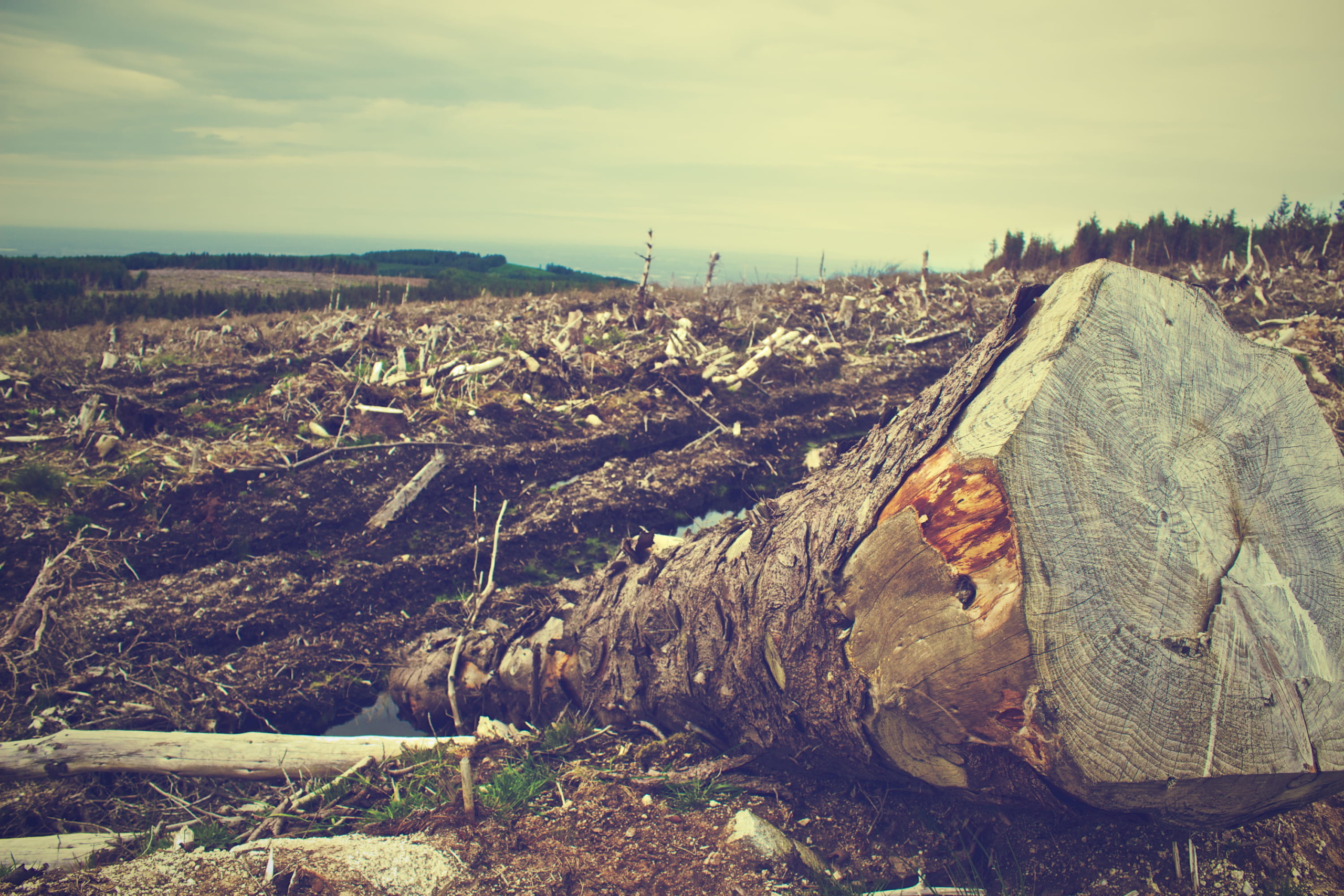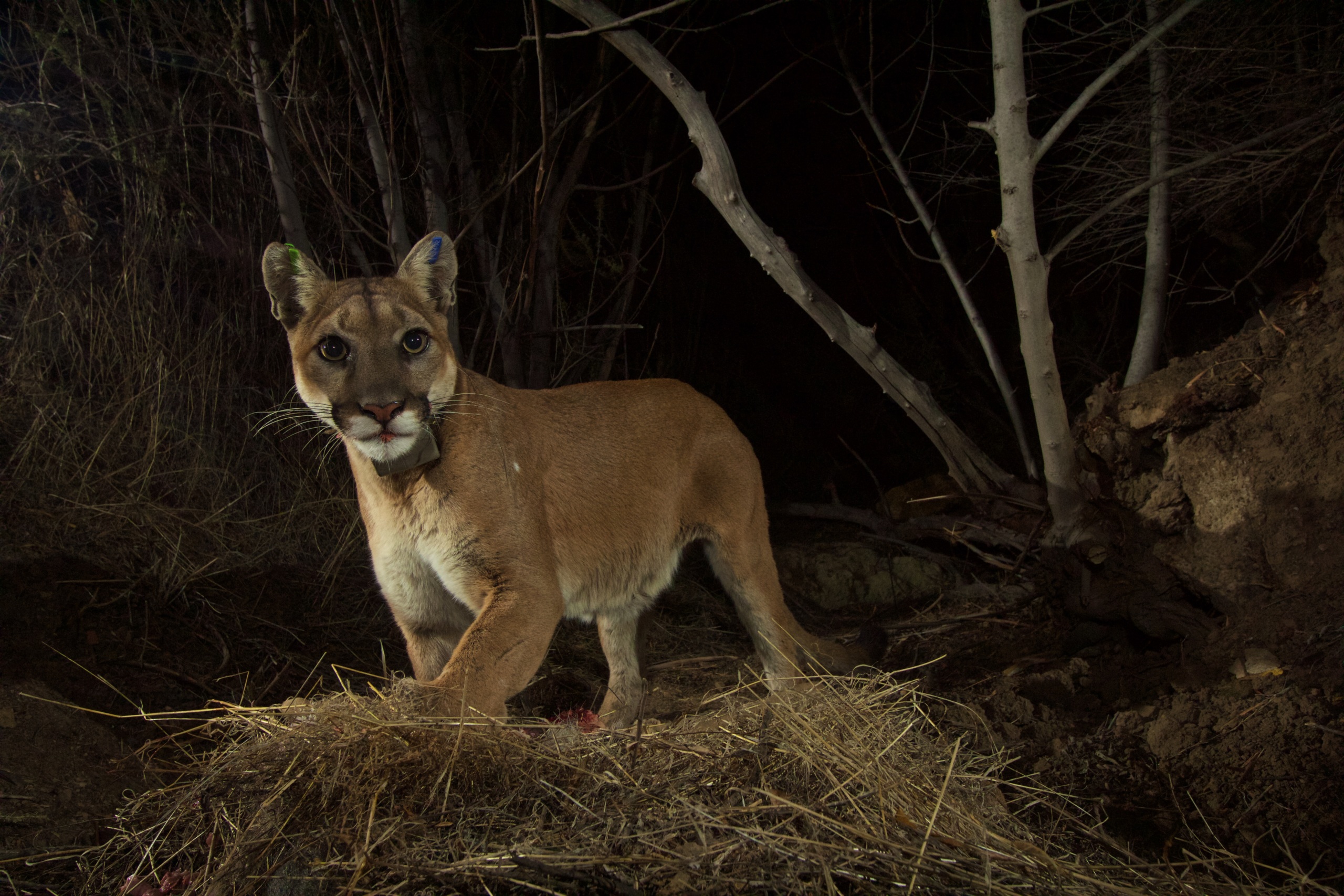
Sick ecosystems lead to sick people: How deforestation is aiding the spread of disease
COVID-19 has shown us that the destruction of our forests and the ecosystems they support comes at a heavy price. If we continue to ignore the science warning of the lethal consequences of deforestation, then we should brace ourselves for future pandemics, potentially much more devastating than this one.

How can the razing of a forest half a world away lead to illness and death in an American city?
It’s almost clichéd to say of environmental challenges that “everything’s connected.” But in the case of the spread of infectious diseases like the new coronavirus, it is now clear that unsustainable practices on the other side of the globe – along with those taking place right in our own backyards – are increasingly putting our health at risk.
At least 75 percent of emerging infectious diseases, including recent outbreaks such as COVID-19, SARS, MERS, Ebola, HIV, Zika and H1N1, are thought to have their origins in wildlife or domestic animals. For every animal-borne virus that has crossed over to humans, scientists believe there are thousands more with the potential to do so, many of which we currently know nothing, or almost nothing about. One thing we do know is that the pace of the “spillover” is accelerating.
When diseases cross over from animals to humans, the root cause can almost always be traced to human interference with wildlife and wildlife habitats. Taking animals out of their natural environments and forcing diverse species to intermingle in new and unusual ways can create perfect conditions for diseases to cross species barriers – as happened with the new coronavirus, which is believed to have jumped from animals to humans in China’s now-notorious “wet markets” where wild animals are packed together in cramped, unsanitary conditions, slaughtered, and sold for human consumption. Similar commingling of species in proximity to humans also happens when wildlife habitats are destroyed altogether.
Forest environments are home to around 80 percent of all wildlife species. The mass habitat destruction caused by the clearing of forests for production of commodities like palm oil, soy, cattle, timber, and rubber in Asia, Latin America, Africa and elsewhere is leaving forest-dwelling animals with no choice but to seek out new homes, driving wild species closer to human populations and forcing diverse species to mix in new and unnatural ways. With the growth of human settlement in and around once-forested areas providing increased opportunities for animal-human interaction, this creates the ideal setting for a terrifying cocktail of dangerous pathogens to spread from wildlife to humans.
The Ebola, Zika and Nipah viruses, West Nile virus, Lyme disease, Hemorrhagic fever and a range of other diseases have all been linked to forest loss. A 2017 analysis of the Ebola epidemic in Africa, for example, found that Ebola outbreaks were more likely to occur in areas where forests had recently been felled, the reason being that the destruction of these forests destroyed the habitats of the bats that carry the disease and pushed them into new areas, closer to humans.
Environments built by humans tend to be rich in opportunities for a wide variety of bat species that have been deprived of their natural habitats. Artificial lights attract large numbers of insects, for example, providing a good hunting ground for insectivorous bats. Agricultural land attracts fruit-eating bats. Buildings provide shelter for cave-dwelling bats. As a result, these areas become home to numerous different bat species that don’t usually encounter one another in the wild, leading to a higher concentration of bat-borne viruses and an increased risk of transmission to humans.
Loss of biodiversity can magnify the danger. Studies have indicated that the presence of species with a relatively low capacity to pass on an infection to, say, a parasite, can “dilute” the effect of species with a high capacity to pass on infection, thus reducing the risk of disease transmission. If the population of species less likely to transmit disease falls, or if they are replaced by those more adept at spreading infections, the danger to humans is increased.
These effects have been seen in North America, notably in New England, where the decline of opossum populations due to the destruction of their forest habitats is thought to have contributed to a rise in instances of Lyme disease in areas near fragmented forests. Opossums eat ticks and are resistant to the tick-borne pathogen that causes Lyme disease, but they don’t thrive in smaller patches of forest, whereas white-footed mice (carriers of Lyme) do. Fewer opossums means more ticks, and more Lyme disease, being carried to humans via these mice. As with the Ebola epidemic in Africa – and others elsewhere, such as leishmaniasis in Columbia – this danger is amplified by the fact that the fragmentation of forests creates more “edge habitat” where humans and ticks can come into contact.
The destruction of forests has also been a major factor in the spread of insect-borne diseases in tropical areas, where deforestation leads to a greater abundance of malaria-carrying mosquitos. An upsurge of malaria cases in Africa, Asia and Latin America, for example, has been linked to the clearing of forests for agriculture and grazing, with culverts that collect rainwater making ideal environments for larvae of malaria-transmitting anopheline mosquitoes.
As the dust begins to settle on this current crisis, and as we begin to think seriously about how to prevent a tragedy on this scale from ever happening again, putting a stop to the destruction of our planet’s dwindling forests and the ecosystems they support must be a primary and urgent priority. If, instead, we choose to ignore the growing body of science warning us of the lethal consequences of our abuse of the natural world, then we should brace ourselves for future tragedies, potentially much more devastating than this one.
Image via Piqsels, Creative Commons Zero – CC0
Topics
Authors
James Horrox
Policy Analyst, Frontier Group
James Horrox is a policy analyst at Frontier Group, based in Los Angeles. He holds a BA and PhD in politics and has taught at Manchester University, the University of Salford and the Open University in his native UK. He has worked as a freelance academic editor for more than a decade, and before joining Frontier Group in 2019 he spent two years as a prospect researcher in the Public Interest Network's LA office. His writing has been published in various media outlets, books, journals and reference works.
Find Out More

The rise of sustainable guitars: How an industry is innovating to save our forests

Climate action is not enough

Proforestation: What it is and why it matters

